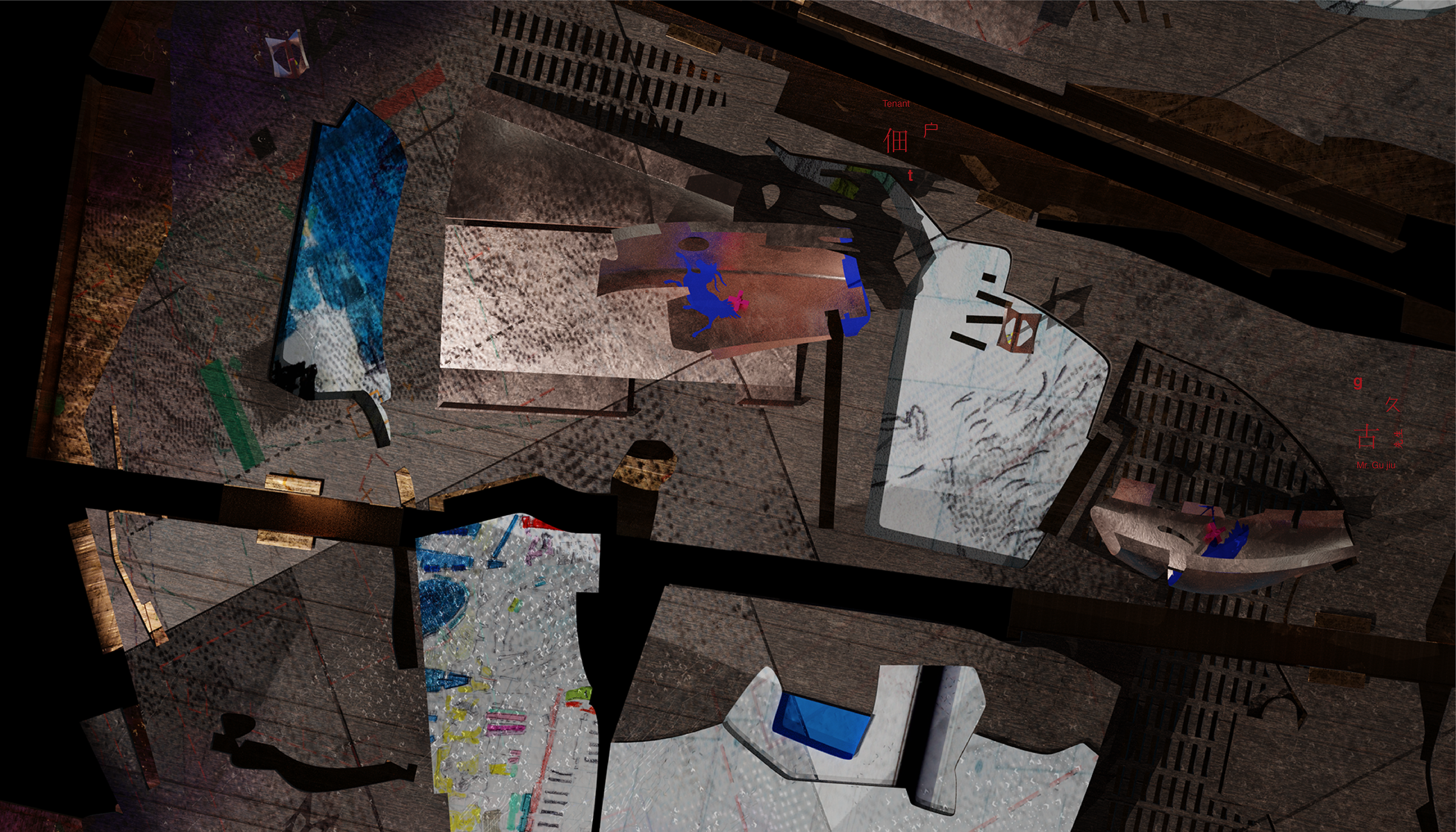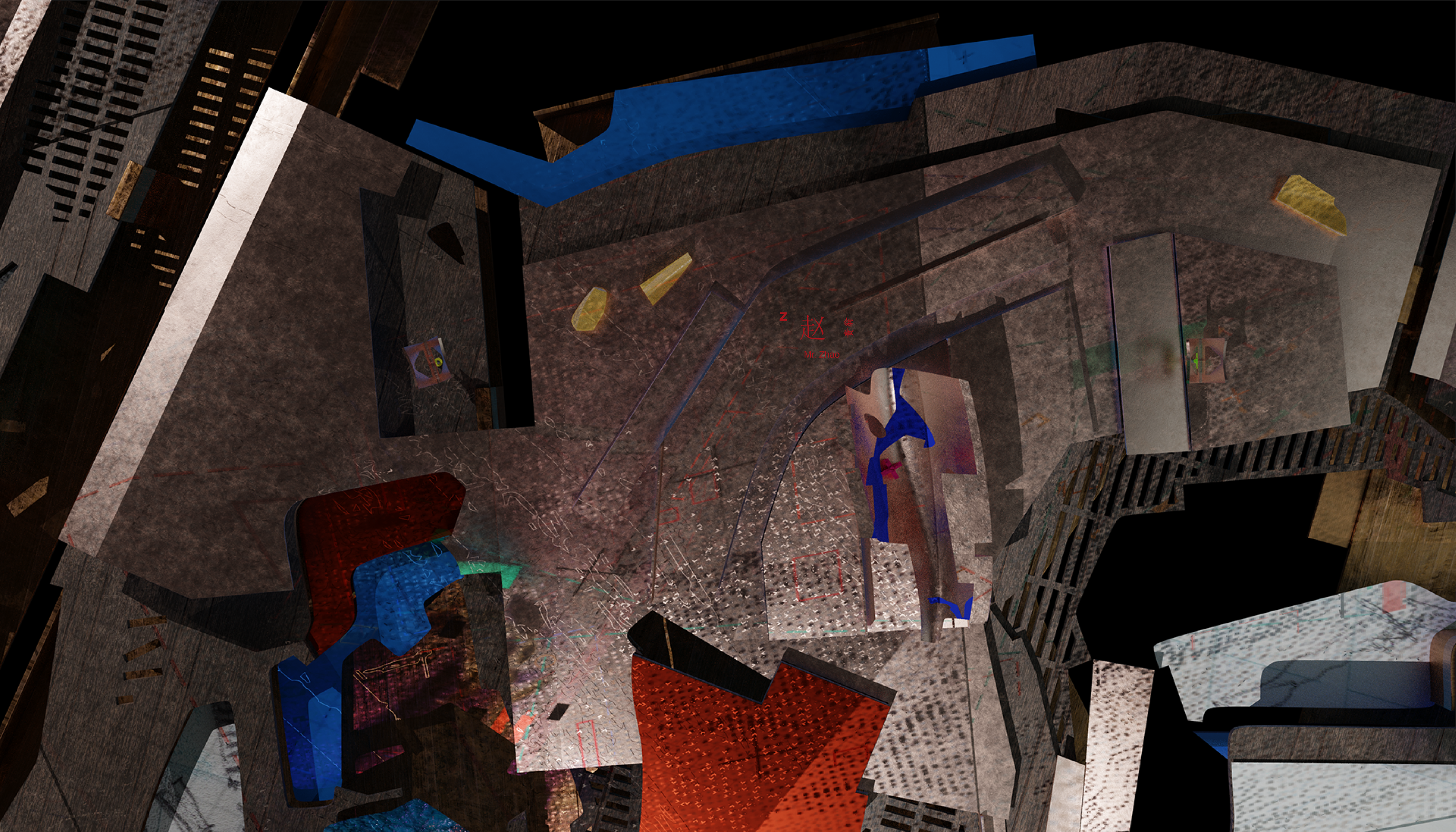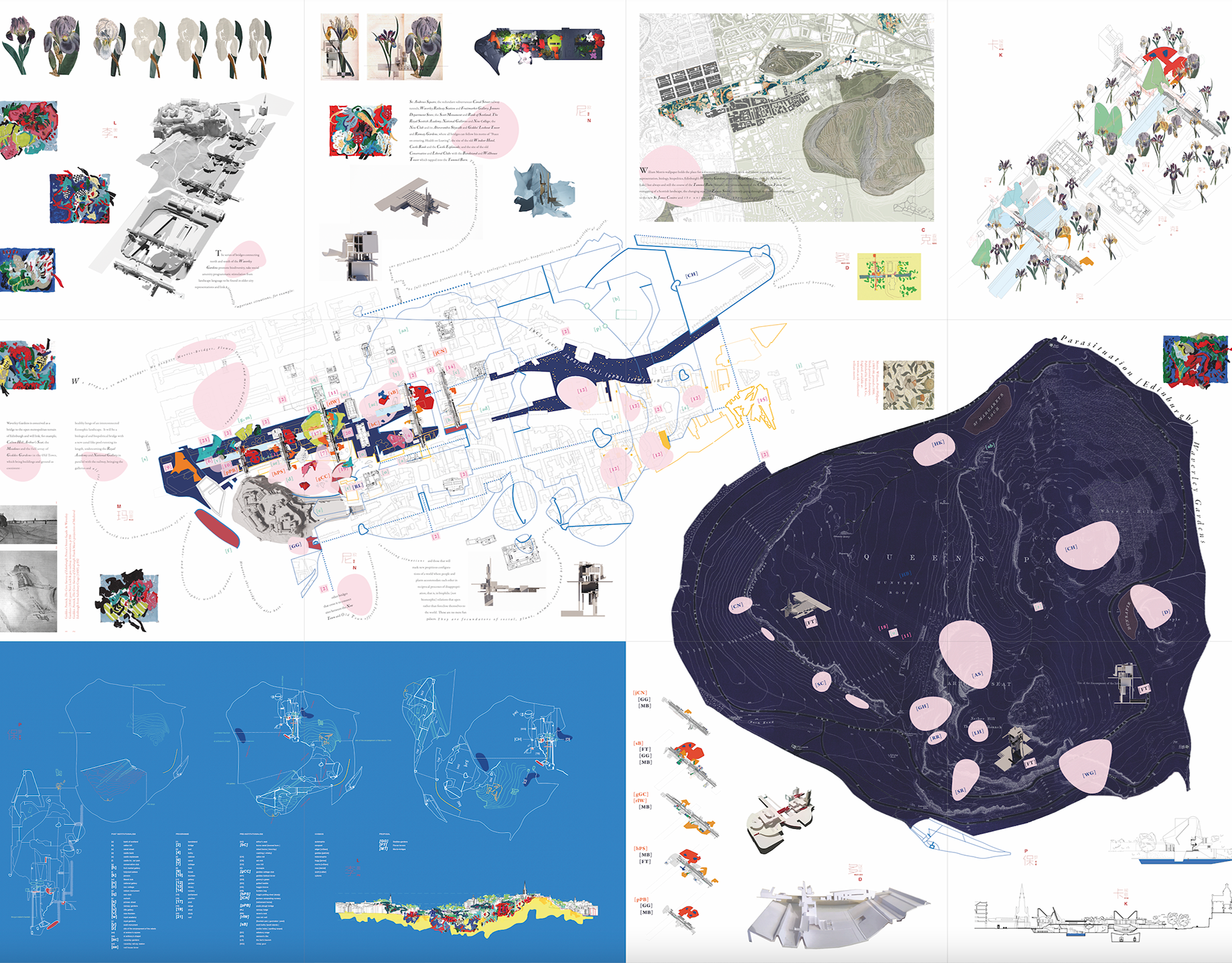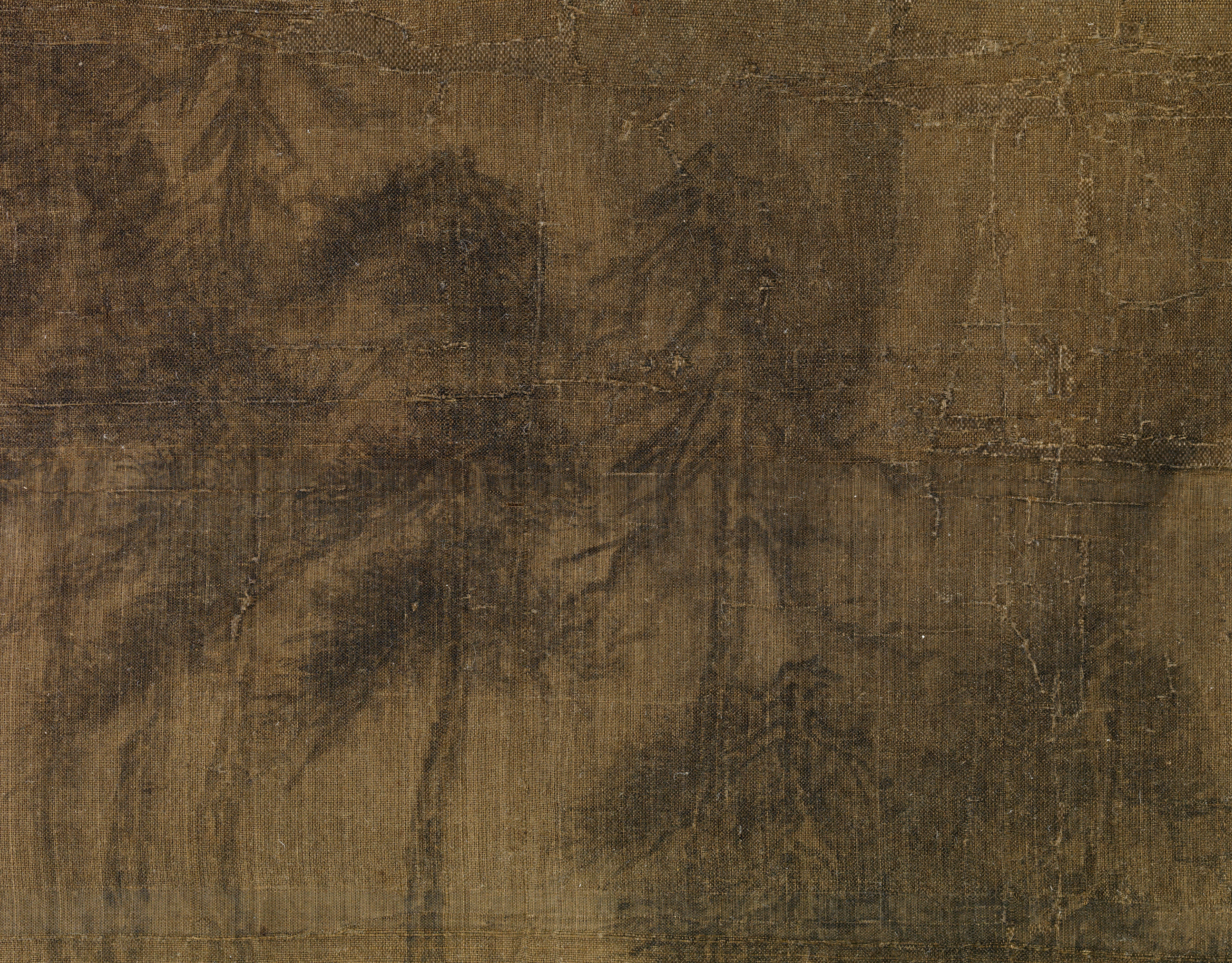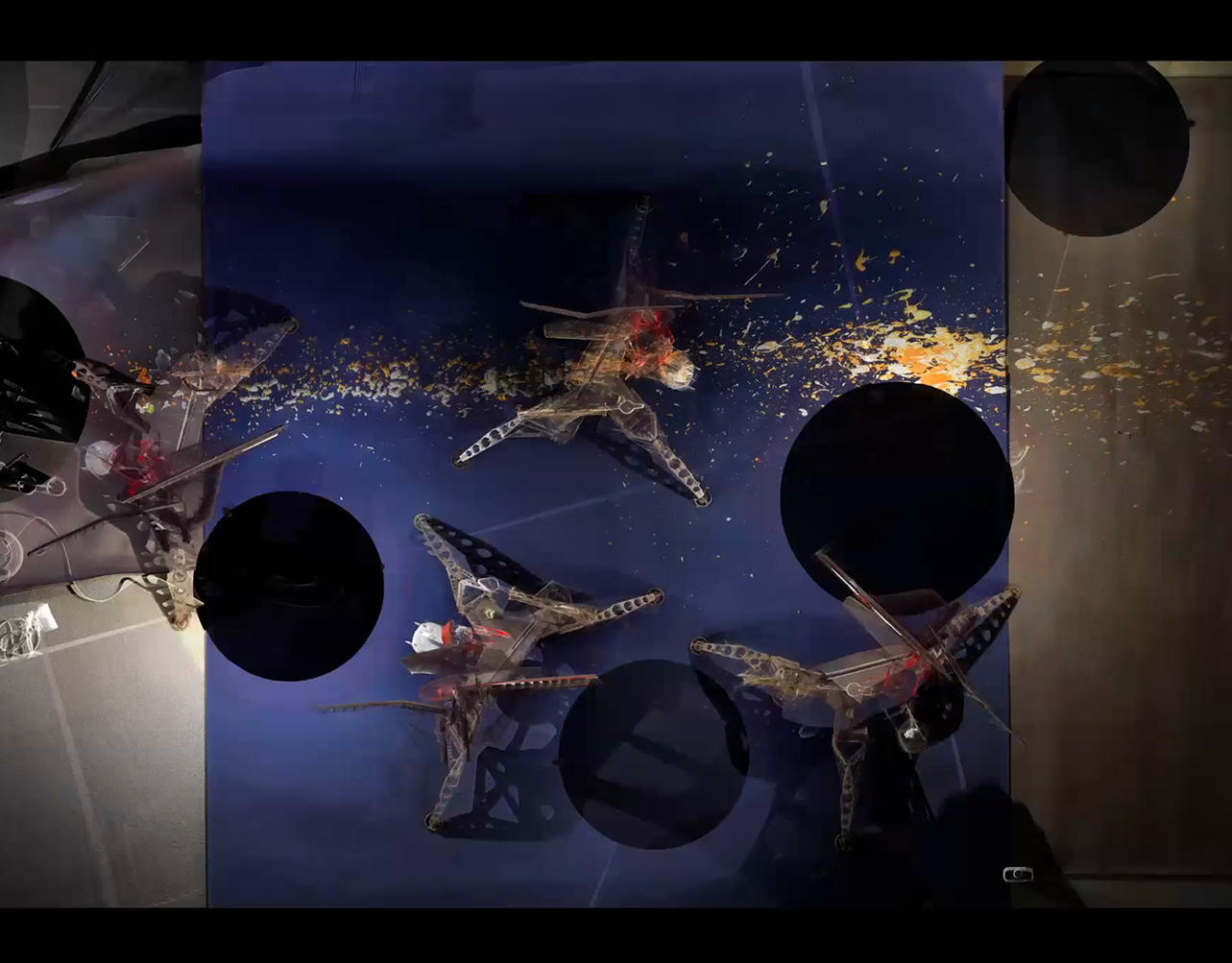Diary of a Madman:
Scripting Outcry, Hesitation, and Cannibalism
Scripting Outcry, Hesitation, and Cannibalism
Introduction
This visual essay presents my design research focusing on Lu Xun, the pen name by which the prominent Chinese literary figure Zhou Shuren (1881-1936) is known. Diary of a Madman (1918), the first short story written in vernacular modern Chinese, together with the Preface to Outcry and Hesitation (1922), act as a critique of a profoundly traumatic age of crisis. The period, between his birth in 1881 to his adult years, was marked by the turbulent last decade of the crumbling Qing empire (1636-1912). The empire went through successive defeats by foreign colonial powers since the First Opium War (1839-1842) and was forced to sign a series of unequal treaties with the victors. Internally, this last imperial dynasty was confronted with unprecedented uprisings such as the Taiping (1851-1864) and the Boxer (1899-1901) rebellions. The Siege of International Legations (1900), and the subsequent signing of the Boxer Protocol (1901) turned the country into a semi-colonial and semi-feudal society. The institution of a new Republican government (1912) did little to save the country from disintegrating into warlordism.[1] Lu Xun’s literary experiment, both in content and in form, represents China’s traumatic process of cultural disintegration and its tempestuous encounter with the larger world.[2] Despite Lu Xun’s obsession with darkness, death, and failure, he has been lauded by the Chinese Communist Party as a symbol of light and a revolutionary hero of the New Culture Movement (1915).[3] What is often omitted however, is Lu Xun’s identity as a writer who explores a ‘consciousness of darkness’.[4] Key to his literary technique is ‘detour’, which, according to the sinologist Francois Jullien, is a strategy of meaning-making in Chinese poetry through the use of allusive expression.[5] This essay considers the mood of darkness as an embodying topos of Lu Xun’s literary works, and explores the under-researched architectural and bodily allegories of Diary of a Madman and the Preface to Outcry and Hesitation.
[1] Eileen Cheng, Literary Remains: Death, Trauma, and Lu Xun's Refusal to Mourn, (University of Hawaii Press, 2013), p. 4.
[2] Ibid.
[3] Ibid. p. 3.
[4] Ying Lei, 'Lu Xun, the Critical Buddhist: A Monstrous Ekayāna', Journal of Chinese Literature and Culture, 3 (2016).
[5] Francois Jullien, Detour and Access: Strategy of Meaning in China and Greece, (New York: Zone Books, 2004), p. 275.

